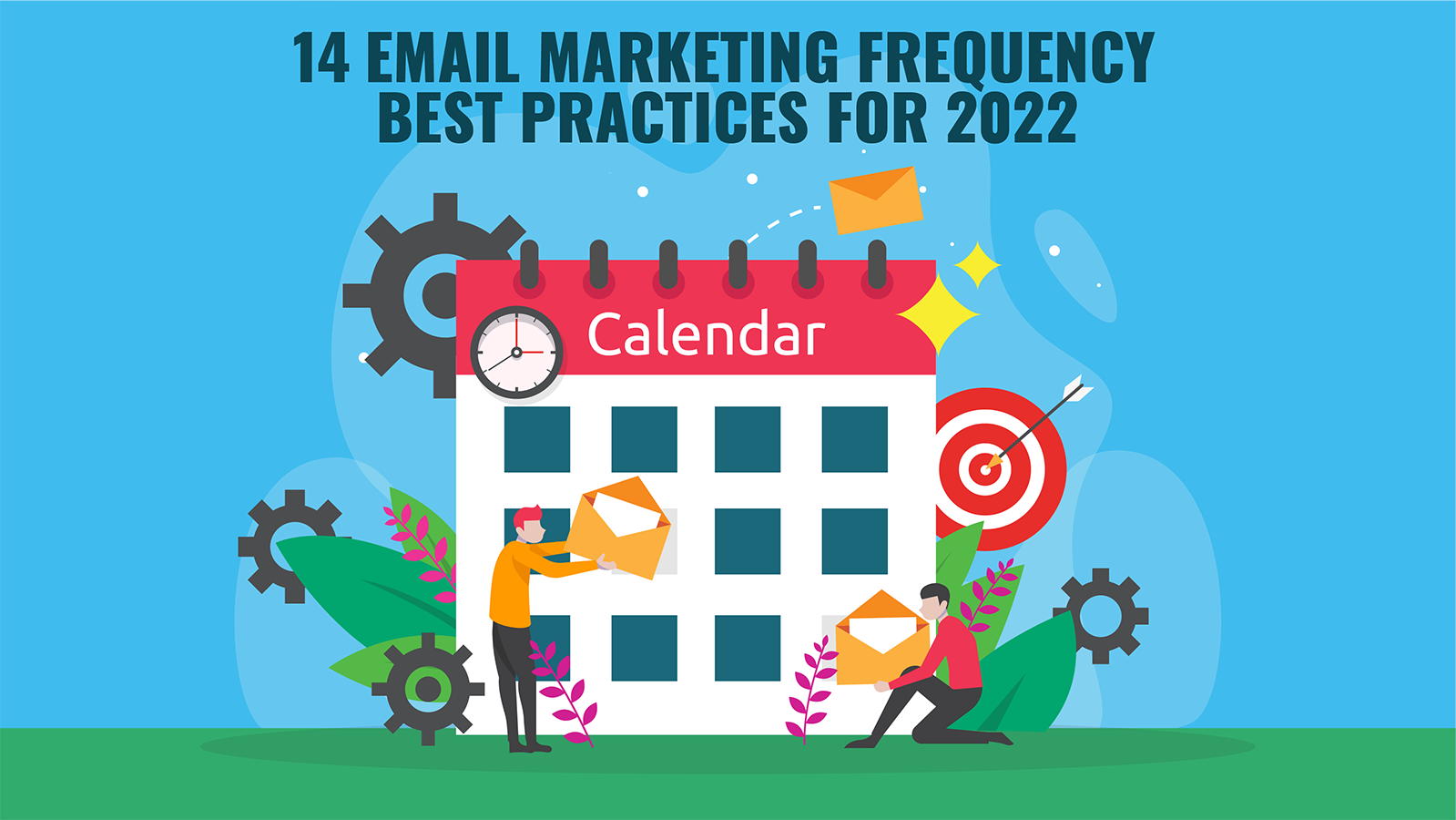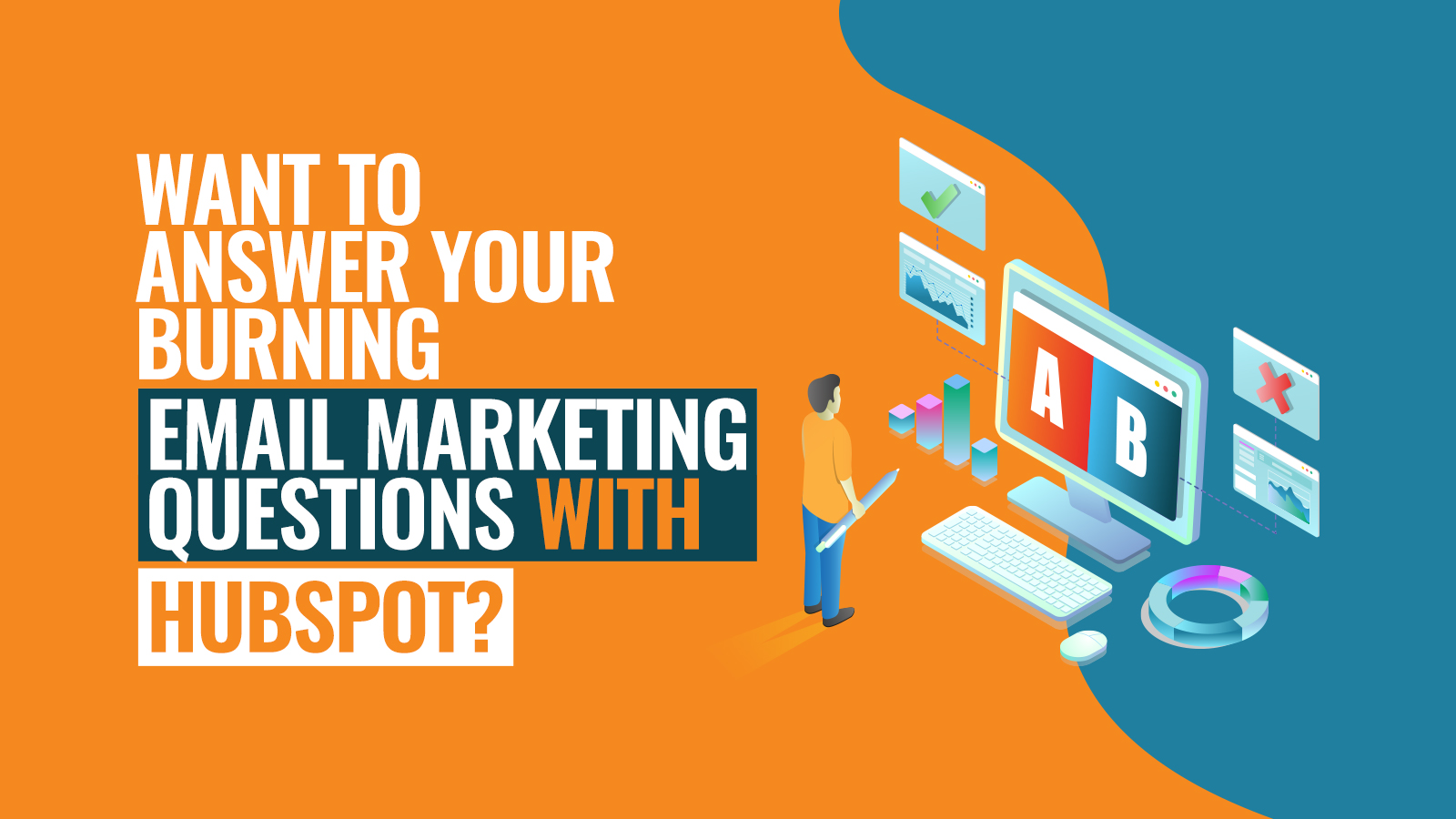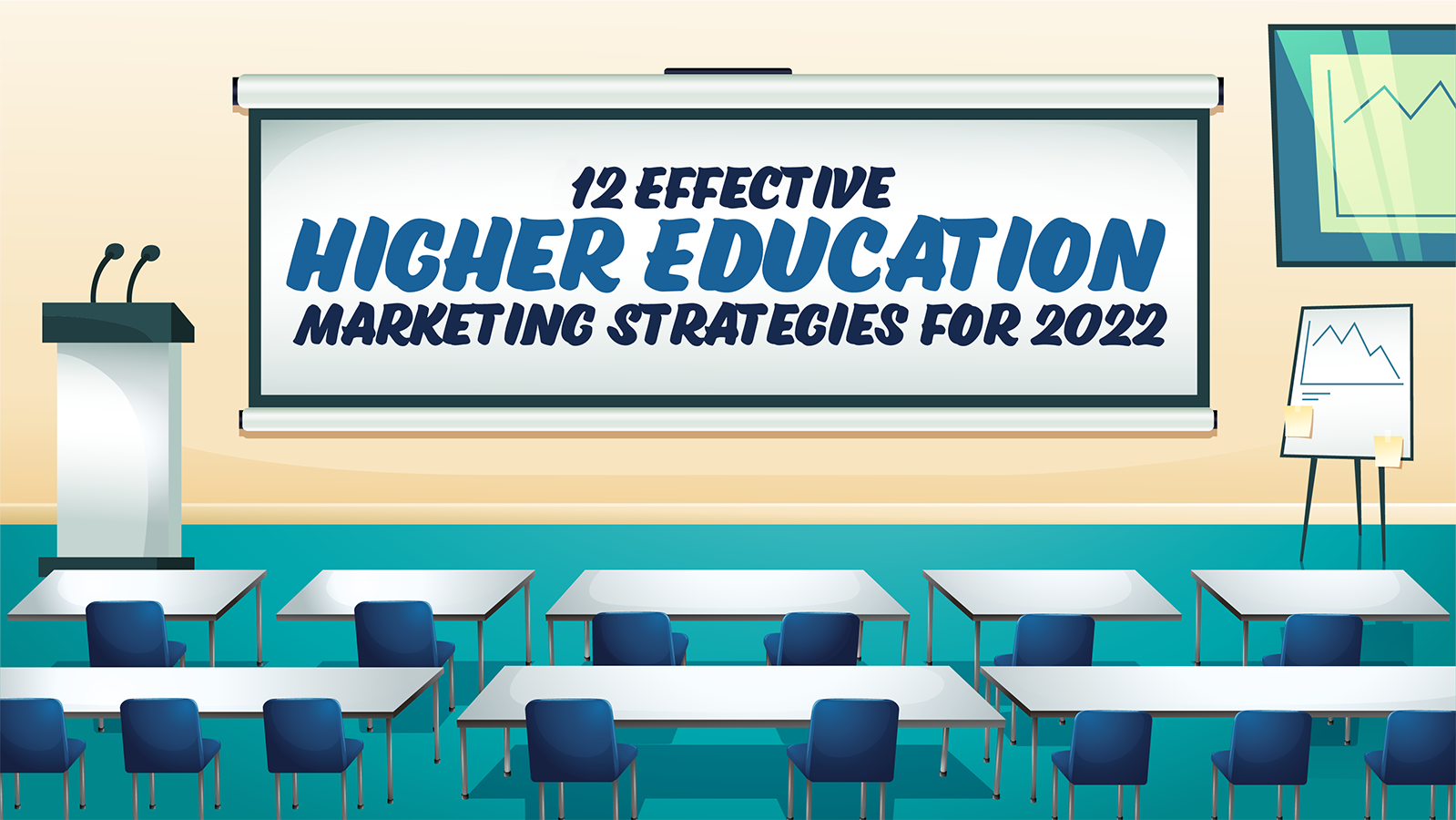An insurance company increased revenue by 45% by sending MORE email. An ecommerce store’s revenue dropped 30% after adding a weekly email newsletter. These are both examples of the powerful effects changing email cadence can have on your bottom line.
Figuring out exactly how often to send marketing emails is not always straightforward. We created this list of email marketing frequency best practices for 2022 to give you the tools to identify the best email cadence for your organization.
How Often Do Most Marketers Email Their List?
We gathered some data together with our friends at Databox showing how often marketers are emailing their subscribers. From our survey, 33.3% of marketers said they sent weekly emails, and 26.7% sent monthly emails.
In addition, 63.3% said that they reduce their email frequency for subscribers who are disengaged.
Here's our list of 14 email marketing frequency best practices for 2022.
1 - Base Email Cadence On Customer Life Cycle
“Email frequency send sweet spot is 6.21 emails per week [new analysis]” - Zettasphere
Headlines like these are attention-grabbing, but misleading. Open the article and Zettasphere is the first to admit that there is no one ideal email frequency that works for all businesses:
“If you are in fashion your best frequency may well be close to 6 emails per week. But different brands and verticals have different optimal values for how often to send.”
Your email marketing frequency should be based on your typical customers purchase cycle and profile. If customers typically make repeat purchases every six months, don’t inundate them with targeted email advertising right after they’ve made a purchase.
On the other hand, 6.21 emails per week may make sense for fashion brands. Clothing has a fast repeat purchase frequency, and some people take fashion VERY seriously. Besides, even when fashion consumers aren’t buying, they may still enjoy browsing.
On the other hand, a SaaS company emailing customers 6.21 times per week would be insane (although I know of quite few that do!). People buy business software once, and then need an occasional update, training, or upsell. Only a select few are going to want near daily emails.
Which leads us to the second of our email marketing frequency best practices.
2 - Adjust Email Cadence Based On Broader Marketing Goals
Don’t make changes to your email cadence without first identifying the goals of your email program.
When trying to decide how often to send email marketing, it’s helpful to start by asking yourself: why are we sending email in the first place? Is it to get online purchases? Drive website readers? Build loyalty? Close deals? All of the above?
If your goal is to drive purchases or web traffic, you may be willing to risk a few unsubscribes for higher numbers. But if your audience is made up of customers that your sales team needs to be able to reach at a moment’s notice, you don’t want to clog up their inboxes with marketing emails.
Ask yourself: could we accomplish the same result with other tactics? Like better segmentation or personalizing send times?
Things get even more complicated when you have multiple goals within the same audience of subscribers. Let’s examine how to deal with this situation in the 3rd of our email marketing frequency best practices: Think Globally.
3 - Email Marketing Frequency Best Practices Should Be Applied Globally
I’m on the email list for a large SaaS Company that sends marketing emails at least 2-3 times per week, but I feel like I get emails from them 8-10 times per week.
Why?
In addition to how often they send marketing emails, I get event/webinar reminders, blog notifications, follow up surveys and personal emails from my account manager. I recently unsubscribed from blog and marketing emails because I was having a hard time picking out messages from my account manager.
Think about ALL the email your subscribers may be receiving from your organization when adjusting your email frequency. Targeted email advertising is just one channel.
We built Seventh Sense to take sales, marketing and automated communications into account when building each customer’s engagement profile. You should make an effort to do the same when examining your organization’s email cadence.
If a customer gets a webinar update, a blog update and a marketing email in the same afternoon, by the time your sales rep reaches out to them they may not even notice.
Worse yet, sensitive corporate spam filters may see the large volume of email coming from your server and start sending your email directly to spam. Learn more in the video below:
4 - Give Subscibers Control
While not all subscribers will make the effort, it’s a good idea to give them the option to choose their preferred email frequency. You can do this at sign up, in a re-enegagment campaign and as an option on your unsubscribe page.
Adding an Update Subsciption Preferences link at the end of your emails is also a common practice. Here’s how Morning Brew does it.
Here’s how Steam does it.
6 - Take Into Account Deliverability
The best subject line, content and creative mean nothing if you can’t reach customers’ inboxes.
Having a long term deliverability strategy is critical if you are going to experiment with increasing email frequency.
Too much email will eventually turn off some subscribers. Low engagement, spam complaints and even low open rates are all red flags to email service providers. As your domain reputation falls, email service providers such as Google and Microsoft may put your email in the promotions tab, or worse yet, send it directly to spam.
If it gets bad enough, even new subscribers welcome emails may go straight to spam.
EveryAction found that 24.16% of emails sent by nonprofits went to spam in 2017. That’s a 24.16% loss of potential fund raising revenue.
Return Path found a similar number saying that on average 20% of commercial email never makes it to the inbox. Even more alarming, Return Path found that for senders with the poorest reputations, less than 1% of their emails were delivered!
For this reasons, it’s critical that you watch engagement metrics and take action if you see an uptick in unsubscribes bounces or decrease in clicks, etc.
Follow basic list cleaning best practices and keep watch over your domain reputation.
7 - Set Expectations Early
Make sure your subscribers know from the outset what they are signing up for. If you send daily emails, tell them they are signing up for DAILY emails. Marketing Sherpa found that while over 80% of consumers expect monthly emails, fewer than 20% want daily emails. Remember, studies show too much email is the number one reason people unsubscribe.
8 - Be Consistent
Sending consistant emails is important for several reasons. The first is practical, if you go months without sending, by the time you do send, subscribers may have forgotten who you are and be more likely to unsubscribe, or mark you as spam.
Second, sending regular email will allow you to clean your of disengaged contacts. If you go 6-months without emailing your list, there’s a high chance that many people are no longer using the email address you have for them.
Lastly, consistent email communication keeps you top of mind. When your relevant and engaging email regularly shows up in your recipient’s inboxes, you are building brand awareness and relationship with each individual in your email list. The next time a subscriber is in the market for your services, they’ll naturally think of you first.
9 - Segment Your Audience By Engagement Level
You wouldn’t keep talking to someone that isn’t listening. So why would you keep emailing them? But this is exactly what many marketers do.
Let’s say you send 1 email per day and average a 10% open rate. A 10% open rate isn't normally considered a great open rate, but it might be just fine as long as it's different people opening all the time.
Is your content the kind of content that people scan subject lines and open regularly if it grabs their attention? In that case, maybe most of your audience is opening an email or two a month. If so, your active audience chart in Seventh Sense would look like this:
The chart shows that 70% of your audience opened at least 1 email this month so far. That's a very healthy audience!
On the other hand, maybe it’s mostly the same 10-20% of people that open your daily emails, and the rest of your audience rarely or never opens. If that's the case, your active audience gauge would look like this:
This is a recipe for emails to end up in spam. Not reading and opening every email doesn’t mean a person won’t be a good potential donor, or will never purchase again. It means they have less time, are less interested, and you might want to send them only your top performing offers.
If you're a school sending fundraising emails, recognize that some alumni are more interested in receiving daily updates than others. On the other hand, if you are an ecommerce company, recognize that some customers may be on your list because they purchased items as gifts. They may not be interested in your products outside of Christmas or a birthday each year.
Tip - How to Manually Segment Your Audience By Engagement Levels
You can manually segment your audience by engagement in many marketing platforms. While not as precise as using a machine learning algorithm to optimize email frequency, it’s a huge improvement over doing nothing at all.
You’ll need to create lists based on how many emails it's been since each person last engaged. Break your audience into four segments: people who’ve opened an email in the last month and half, 3 months, 6 months, and a year. Set up a workflow, or list builder, etc. to automate this process.
Once you have identified your most engaged, and least engaged audience members, you can build a strategy designed for each segment. For people that haven’t opened or clicked an email in over a year, slow their cadence down drastically. Over time, you may be able to reactivate some of your old contacts as your deliverability improves.
10 - Recognize Increasing Email Frequency Follows a Curve of Diminishing Returns
Across the research on email marketing frequency best practices, one pattern is clear: increasing email frequency follows a curve of diminishing returns. Even with good content, at some point sending too much email will hurt you.
Image Credit: Return Path
The hard part for marketers is that the sweet spot varies a great deal between industries and audiences. Trying to figure out how often to send out email newsletters is different than figuring out your ideal email drip campaign frequency.
Return Path conducted one of the largest studies on email campaign frequency looking at over 199 million emails sent to more than 600,000 inboxes. They found that 5 emails a week on average was tolerated by subscribers. After 5 emails, complaint rates rose substantially.
11 - Recognize Each Audience Is Different
5 emails per week does not work for everybody. In another case study, a debt relief company increased their email frequency to just twice a week and saw their list size rapidly shrink as subscribers opted out due to the higher email frequency. In the end, they found an email every 14 days was best for their audience.
Omnisend found that for small business marketing, the numbers of orders continued to rise with every email sent up to 19 per month. After 19, the order totals began to drop as the curve of diminishing returns set in.
Zettasphere research’s on 8 major clothing retailers found 6.21 emails per week was the average peak across the 8 brands. More than 6.21 emails and engagement started to drop.
12 - Study Industry Averages
Knowing how often other similar companies are emailing their customers can be helpful when deciding how often should you send out email blasts, or how many emails to send per week.
Smart Insights published these numbers on overall monthly send averages.
Sendgrid’s breakdown of monthly sends by industry is even more helpful.
13 - Use Send Time Optimizatoin
Noah Kagen of Customer.io says one of the quickest ways to improve your open rates on emails is to send them twice!
He means literally “Take the SAME email you sent and CHANGE the subject line to something new.” - “Email it out a week later JUST TO YOUR NON-OPENS.”
While open rates fall from 28.87% to 11.08% on the second send, Noah says these are essentially “free” opens you wouldn’t have gotten if not for sending a second time.
What Noah is actually doing is optimizing his delivery window. By sending the same email twice, you are giving people who might have missed it another chance to click it. There’s a lot of risks to this method, and we don’t recommend it. It's likely to annoy customers and increase your chances of going to spam over time.
Instead, you can get a similar amount of lift in engagement by personalizing your delivery times. Just take a look at the return on investment other companies have seen on the infographic to the right of this text.
Have you ever noticed how sometimes you'll email someone, and they'll respond immediately? And other times you'll email them, and they take more than a day to respond?
This is usually due to the time you reach them. If someone is working in front of their computer when your email lands in their inbox, they're more likely to engage.
The same is true for marketing emails. Every person on your email list has their own distinct engagement pattern and with a little help from AI, you can increase your chances of reaching them.
Seventh Sense will personalize each person's email delivery time for each person on your list down to the best hour within a week to maximize the chances that each email you send is opened/clicked.
You can do something similar with a little work on your own. Even if you just break your audience into “weekend readers” and “weekday readers,” or “morning openers” and “afternoon openers” you’ll likely see a lift. We do all operate on different circadian rhythms after all.
14 - Keep Up With Changing Technology and Standards
Sendgrid found in their 2018 Global email Benchmark Report that across industries, companies were overall sending fewer emails per month than in the past and seeing their open rates rise. We believe this trend is likely to continue as more brands start using data to decide how often to send email marketing.
In 2017, the only industry that sent more email than in 2016 was online dating, and unlike most other industries, they saw engagement rates drop year over year. Keyword stuffing and buying links with optimized anchor text was just the way many SEO’s did business in the past. Now Google directly penalizes sites that do these things.
There’s a lot of bad advice on the internet on email frequency, and a lot of it is simply out of date. What’s effective in 2021 may not work in 2022. Make an effort to keep up with email marketing trends as time goes on so you can adjust your email cadence before market changes affect your bottom line.
What Can Happen When You Make Changes To Your Email Frequency?
Here are some possible outcomes when you change your email frequency according to a study by Campaign Monitor.
Subscribers might unsubscribe/mark your emails spam.
Your subscribers might not like it if sudden changes are implemented to your email list and they may even report you as spam. The number one reason recipients unscubscribe from email list or report an email as spam is because senders email too often.
To avoid this, here are some possible solutions.
Subscribers might disengage
Engagement levels, that is opens and click-through rates, may drop if you send too many low-quality emails one after another. According to Return Path’s study, read rates and complaint rates increased as email frequency increases.
Nothing happens
Making changes to your email frequency may not show an immediate feedback and business continues on as usual. If this is the case, it might be best to test other variables.
You get more sales and engagement
This is the reason marketers do unending tweaking and testing, all for an increase in engagement, sales and ROI.
Campaign Monitor highlights Aviva, a UK-based insurance company. They’ve been only sending emails once a year. But when they developed a proper email marketing frequency strategy, the results were staggering:
- 48% more requested insurance quotes
- 304% more unique clicks
- 45% more email revenue
They achieved this result by carefully surveying subscribers to see what kinds of content they would most like to receive and gradually increasing their email frequency.
The Takeaway
Changing your email frequency may bring out different results, either positive or negative. The important thing is to continue testing what works best for your subscribers and email list.
Always remember that individuals in your email list are unique and that’s why it’s important to gather data to know your subscribers better. You can use the data to optimize you email content and email frequency. Highly-targeted and high-quality content is crucial for increase engagement and subsequently increase email marketing ROI.
Did you know that only 79.7% of legitimate marketing emails get delivered? Now that you’ve learned the 14 Email Marketing Frequency Best Practices, take the next step and learn advanced email marketing techniques in our free Guide to Email Fatigue.






